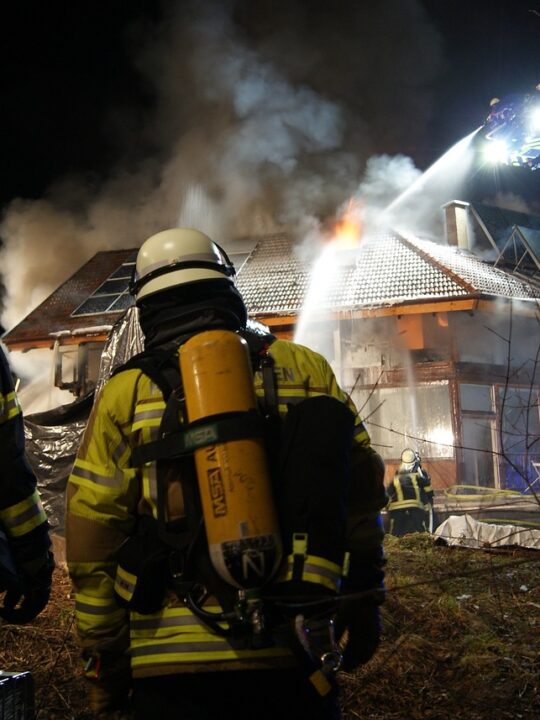Many aspects need to be considered if you’re planning on installing a concrete driveway or a porch. A driveway is not a walkway. There’s a big difference between the two.
A contractor will be required if you’re not confident in the installation process. But first, we’ll look at the most common concrete paver installation mistakes that need to be avoided.
Read on!
Table of Contents
- 1 1. Using the Wrong Surfacing Materials
- 2 2. Installing Subgrade Too Deeply
- 3 3. Not Properly Utilizing Sand and Gravel for Leveling
- 4 4. Poorly Placed Joints in a Concrete Paver System
- 5 5. Over Compacting the Base and Failing to Compact Afterward
- 6 6. Ignoring Site Conditions
- 7 Explore Concrete Paver Installation Mistakes
1. Using the Wrong Surfacing Materials
Surfacing materials provide an important protective layer for different surfaces, including concrete pavers. The material chosen should be hard and wear-resistant to keep water and UV light exposure at bay and should also be able to match the other elements of the design.
Making sure that you will choose the right gloss concrete sealer is key to achieving a successful result. Before beginning the installation process, collecting as much information as possible regarding the different types of surfacing materials, the quality of each option, and compatibility with the design elements is essential.
2. Installing Subgrade Too Deeply
Paying close attention to the subgrade installation is critical during the paver installation process. If the subgrade is installed too deeply, it can lead to serious problems with the pavers themselves, including cracking and shifting the pavement.
To avoid this, the installer should level the underlying bed at the correct depth and compact it to the desired density while ensuring the sand base is sufficiently dry before the pavers are laid.
3. Not Properly Utilizing Sand and Gravel for Leveling
When installing concrete pavers, sand, and gravel must be used to level the area. Not properly utilizing sand and gravel can lead to costly mistakes.
If sand and gravel aren’t used, the pavers can move around and create an uneven surface. To avoid this issue, the sand and gravel should be incredibly level before beginning the installation.
4. Poorly Placed Joints in a Concrete Paver System
One common mistake made in concrete paver installation is poorly placed joints. This can lead to cracking and displacement of the pavers due to unequal weight distribution.
To avoid this mistake, the joints should be no more than 1/8 inch wide, placed 1/8 inch apart in a straight line, and carefully checked in two different directions.
5. Over Compacting the Base and Failing to Compact Afterward
Concrete paver installation mistakes are a common headache for homeowners and contractors alike. One of the most common mistakes when installing concrete pavers is over-compacting the base and failing to compact afterward.
Over-compacting the base can cause the pavers not to settle properly and eventually be displaced, leaving you with a bumpy, uneven surface.
6. Ignoring Site Conditions
Neglecting site conditions can lead to major installation mistakes for concrete pavers, resulting in a muddy mess. Limiting the amount of water entering the paver installation area can reduce water pooling and keep soils from getting soft and muddy.
Controlling the groundwater is important and can be accomplished by creating a ditch or drain that directs water away from the paver area.
Explore Concrete Paver Installation Mistakes
Avoiding concrete paver installation mistakes is critical in creating a lasting, beautiful outdoor space. Pay close attention to subgrade preparation, ensure you have proper base materials, select the right sand type, and then use it in the right way.
Doing this and more will go a long way to ensuring your project is successful. So, start now and avoid potential issues later!
Did you find these tips on the right paver installation methods helpful? Check out the rest of our blogs!







